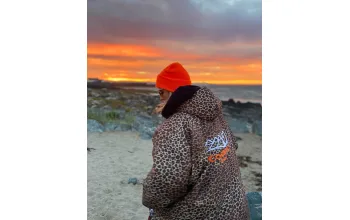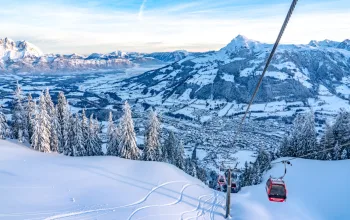In the east the coastal region and towns along the Gulf of Mexico are a base for fishing trips, with the bays and inlets popular for sea kayaking. The Texas waters around the barrier islands, including 110-mile-long Padre Island, are popular for dolphin watching and bird watching. Moving west through the Trans Pecos region the terrain evolves into rolling, then rugged, hills and then desert and the mountains of the Big Bend National Park, named after the bends of the Rio Grande River. With 80,000 acres of backcountry the possibilities for hikers are endless. For an explosion of colour visit in mid to late spring, when 46 species of cacti are in bloom. The Rio Grande is one of three rivers that form state borders. The 1896-mile-long Grande forms the boundary between the United States and Mexico and offers opportunities for rafting, mountain biking, horse riding and off-road driving. Upstate in Austin, the hill country and self-proclaimed live music capital of the world, Lake Travis is a hot spot for water sports like kayaking, wakeboarding and sailing. And natural spring-water-fed swimming holes like Krause Springs in Spicewood and Hamilton Pool are a great place for a dip.
Texas
Texas, the Lone Star State, is smaller only than Alaska. The southern most point of the Great Plains, Texas boasts 10 different climatic regions and is almost a country in itself; prairies, grasslands, forests as well as 600 miles of coastline are there to be explored.

- Details
- Written by: David



















